10 Free English Pronunciation Exercises

English Pronunciation Exercises
If you’re a native-English speaker, one of your greatest assets to English Language Learners is your pronunciation.
Without a doubt, teaching the sounds of English is one skill you can bring to your classroom.
But how do you do it effectively? These English pronunciation exercises provide an excellent starting point.
2. Pronunciation Pyramid
First, everyone starts at the top of the pyramid. Next, the teacher says at a level below. Individually, students circle the word they hear.
At the bottom of the pyramid, the teacher says the word, and the students circle what they hear. The teacher also keeps track going down the pyramid. Where do you finish? It’s fun to see.
3. Minimal Pairs
For each pair, the words sound extremely similar. But they are different. Students have to keep a keen ear on what they hear.
As the teacher reads the box of his/her choice, students circle the word they hear. When you go through all the minimal pairs, check their understanding by correcting the papers.
4. Minimal Pairs Game Cards
Beforehand, the teacher has to print off the handout. They cut out every word and spreads them out on pairs of desks.
In pairs, students carefully listen to the teacher. Next, they have to find the word they hear faster than their neighbor. Finally, the student who grabs the card faster keeps it. At the end of the game, the student with the most cards is the winner.
5. Tongue Twisters
Oddly enough, tongue twisters are an effortless way to get students talking. I can’t put my finger on it why… but they probably love the challenge of it.
First, students repeat each line after the teacher. Next, the teacher demonstrates the tongue twister with lightning speed. Now, ask for volunteers to try to do it faster.
10. Valentine’s Day Cards
In our Valentine’s Day Card Sheet, students finish the rhyme from the classic poem “Roses are red, violets are blue…”.
First, hand out the paper with an example rhyme for the poem. Next, review it with your students. Finally, let your students create a rhyme for “Roses are Red, Violets are Blue”.
English Pronunciation Exercises
Speaking like a true native English speaker is one of the goals of an English Language Learner. A good place to start achieving this goal is by meticulously going through all the sounds of English.
Of course, just basic conversation is important too. That’s where you can practice these 101 ESL conversation topics to get them speaking.
These 10 English pronunciation exercises can be reworked in several ways – in pairs, individually, or as a class.
How do you like teaching pronunciation? What works and what doesn’t? Please let us know what are some of your English pronunciation exercises in the comment section below.

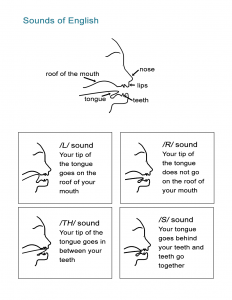
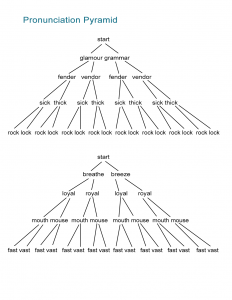

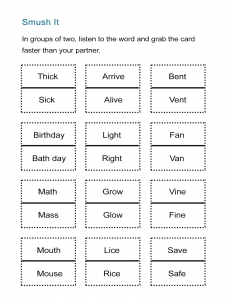
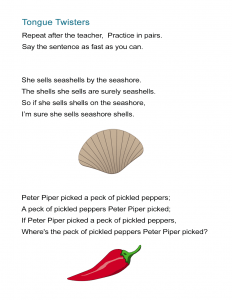
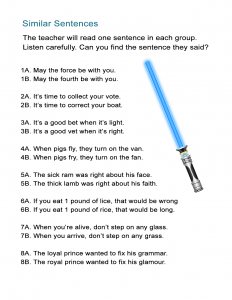
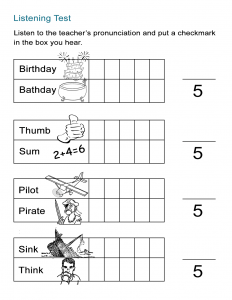
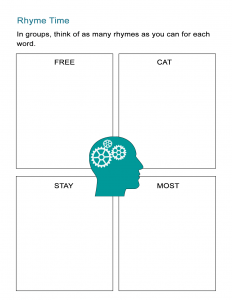

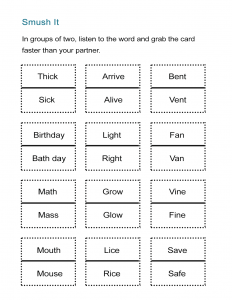

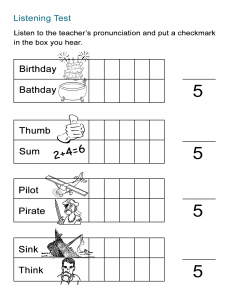
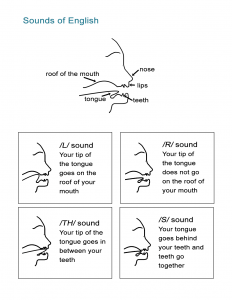
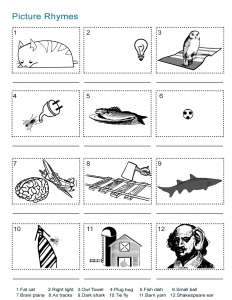
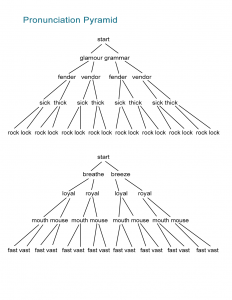
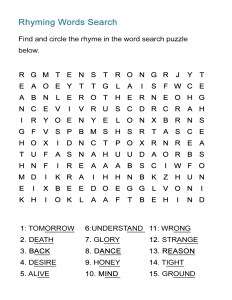
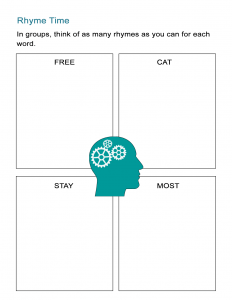

Thanks a lot 🙏
Numbers 5 and 9 are the same.
All helpful material..
Thank you! I have a pronunciation competition and I hope it helped.
I’m French and teach English to my students. This resources will be very helpful for me, and for them! Thanks a lot 🙂
I am grateful for your materials. They’re so helpful.
Very useful. With remote teaching, I like to show the students what my mouth is doing when I pronounce a word and have them repeat after me. I look forward to incorporating these activities into my lessons!
Thank you – these are great!
This information helped me a lot.
Thank you!
So useful, many thanks!
Amazing work! Thank you so much!
Very didactic! Thanks for sharing
So incredibly helpful and exactly what I needed for a lesson today, thanks so much!
Number 5 and number 9 look very similar 🙂
Thank you. Your worksheets are all educational